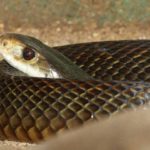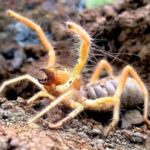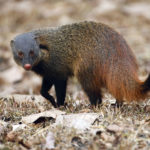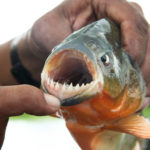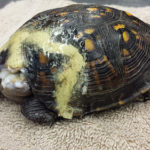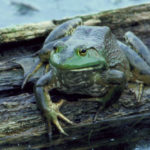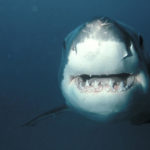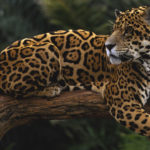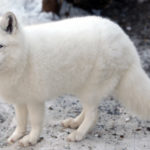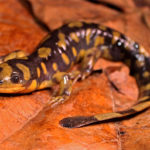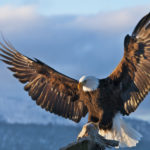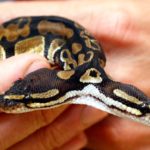Predatory animals
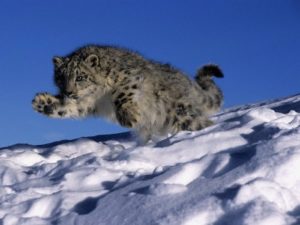 Among all mammals, representatives of only one order are real predators, actively pursuing, killing and devouring their prey. These animals are predatory. The predatory detachment includes 15 families, 270 species and 110 genera, representatives of which live on all continents except Antarctica, although they came to Australia not so long ago.
Among all mammals, representatives of only one order are real predators, actively pursuing, killing and devouring their prey. These animals are predatory. The predatory detachment includes 15 families, 270 species and 110 genera, representatives of which live on all continents except Antarctica, although they came to Australia not so long ago.
The methods of killing prey are different for all predatory animals. Cunyas, civeres and mongooses, attacking rodents, bite in the back of the head, crushing the victim’s back wall of the skull. Cats usually beat in the neck, then groping with a predatory tooth, the joints of the vertebrae to immobilize the victim. Wolves and dogs often grab prey by the neck at the back of the head, and then shake their heads sharply, breaking the cervical vertebrae.
Contrary to the name, there are real vegetarians in the predatory detachment, as well as those who prefer warm meat flesh to “cold” insects. Human relations with predatory animals are full of contradictions. On the one hand, a dog and a cat are his longtime friends and flatmates. On the other hand, there is no such a large predator that would not suffer from humans and vice versa. At the same time, some of these animals were able to adapt to life in megacities. Raccoons and skunks formed “communes” in the cities of America, and badgers, foxes, and stone martens in Europe.
More dangerous predators have not yet imposed their neighbors on humans, although spotted hyenas are found in landfills around Ethiopian cities, and grizzly bears and polar bears have become a headache for campers in several parts of the United States and Canada.
The howl of wolves and coyotes is an important means of communication among canids, one of the most social animals in the predatory detachment.
All animals of the predatory order have one important anatomical feature – a special docking of large cutting teeth – the upper and lower, which, like two halves of scissors, closing, cut the meat and crush the bones. This famous couple is called “predatory” teeth, and everyone can easily verify their presence by exposing the jaw of their pet’s side, be it a dog or a cat.





